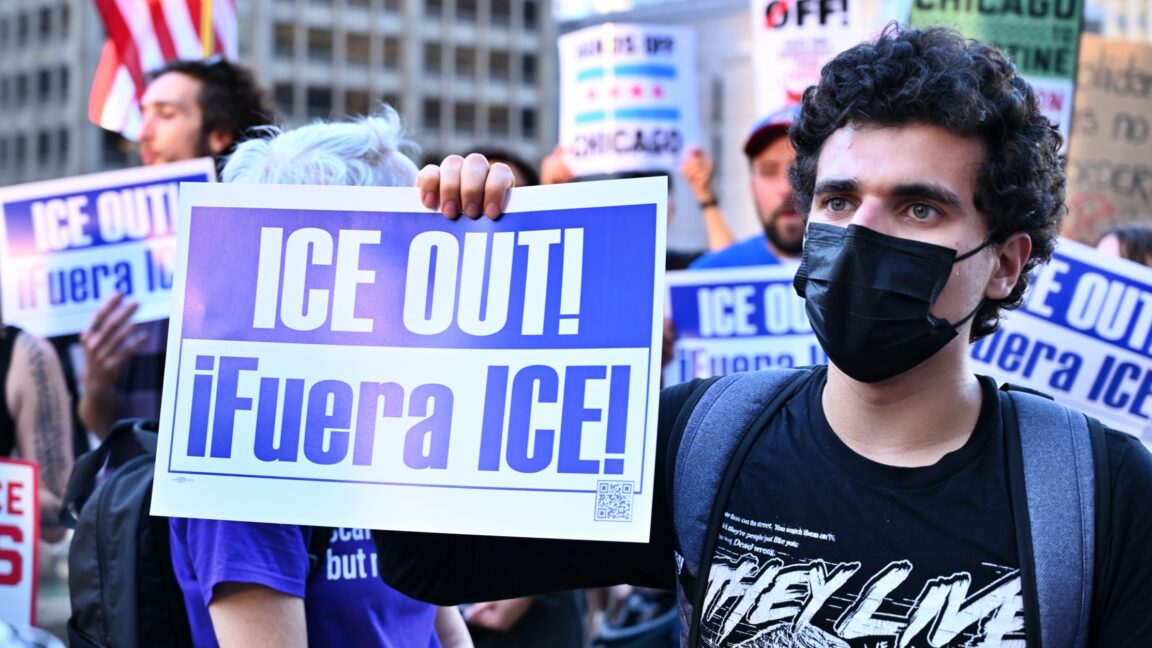United States immigration authorities are moving to expand their social media surveillance by planning to hire nearly 30 contractors to review posts, photos, and messages from major platforms. The information gathered would be used to generate leads for enforcement raids and arrests, according to contracting records reviewed by WIRED. The project would be run from two ICE targeting centers and is currently at the information-request stage, a preliminary step used to gauge contractor interest before an official bidding process.
ICE’s plan envisions staffing two of its targeting centers around the clock. In Williston, Vermont, the National Criminal Analysis and Targeting Center would host a dozen contractors, including a program manager and about 10 analysts. In Santa Ana, California, the Pacific Enforcement Response Center would operate a nonstop watch floor with 16 staff, with at least one senior analyst and three researchers on duty at all times.
Private contractors would be tasked with scanning platforms such as Facebook, TikTok, Instagram, YouTube, and other sites, then converting open posts and profiles into fresh leads for enforcement actions. The initiative calls for a multiyear program and for contractors to provide the latest subscription-based surveillance software to support constant processing and tight deadlines.
Draft planning documents describe a rapid workflow and a mix of senior analysts, shift leads, and researchers across the two sites. The effort would dovetail with ICE’s enforcement operations, feeding leads into field offices for potential arrests and removals. The plan also contemplates access to powerful data databases that compile public records, utilities, and other personal information to help assemble dossiers.
Privacy advocates have raised alarms about state-backed social media surveillance, pointing to past ICE contracts and broader concerns about data brokers, facial recognition, and civil liberties. Earlier reporting highlighted related efforts and procurement activity that critics say could enable surveillance of immigrants, journalists, and activists. ICE did not respond to a request for comment. The project illustrates how ICE’s surveillance apparatus continues to broaden its data-gathering reach amid ongoing debates over privacy and civil liberties.

![[AS2716] Universidade Federal do Rio Grande do Sul](https://r2.isp.tools/images/asn/2716/logo/image_100px.png)
![[AS52888] UNIVERSIDADE FEDERAL DE SAO CARLOS (3 probes)](https://r2.isp.tools/images/asn/52888/logo/image_100px.png)






